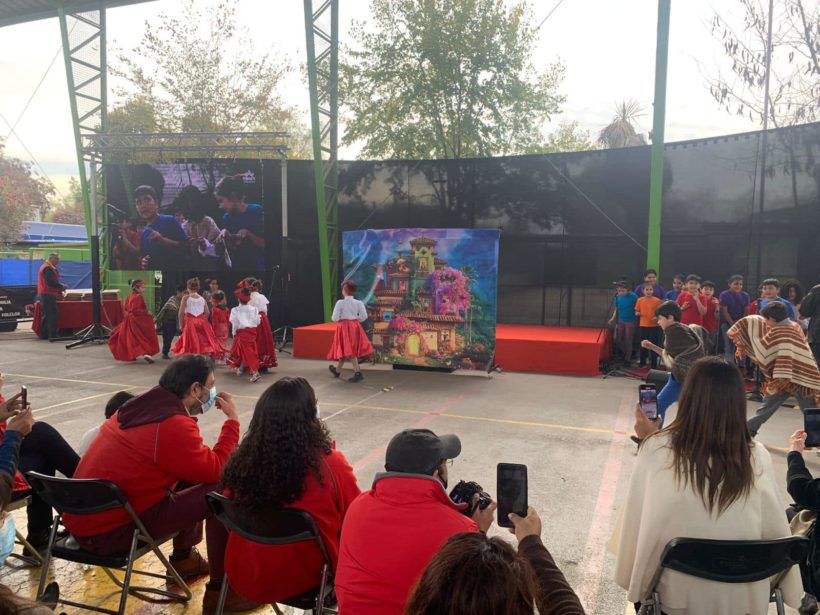Acts of violence in school contexts have gained public relevance through the media and social networks. Some say that today we are seeing behaviour that was normalised and made invisible, others attribute it to a lack of socialisation as a consequence of the pandemic, while the harshest say that it is caused by a lack of discipline and a soft hand.
The situation is complex, but the positive aspect of what is happening is that the focus has been placed on school coexistence, and public policy has positioned it as a challenge for school communities in addition to performance on standardised tests. The Minister of Education has indicated that the application of the SIMCE in 2022 is not relevant and, together with the Education Quality Agency, has asked the Education Council to suspend its application.
Finally, we are refocusing educational objectives on the development of girls, boys and young people and not only on the learning of content. It has been proven in Chile and around the world that good coexistence improves learning, reduces absenteeism, reduces episodes of violence and, as a consequence of all this, increases the well-being of students and education workers.
The coexistence policy must address conflicts within school communities. We can no longer deny conflicts and think that good coexistence is achieved through recreational activities and/or the application of punitive measures. Denying conflicts deteriorates coexistence and encourages acts of violence that can range from bullying to the use of force and, in extreme cases, to criminal acts.
The results of studies carried out by Fundación Semilla, confirmed by our work in educational establishments, show that the main conflicts in school contexts have their origin in gender and/or its stereotypes, lack of participation, generational gaps and/or prejudice towards minorities, such as migrants, indigenous people, people with disabilities, physical defects or sexual minorities. All these cases have in common a culture that standardises from a position of power or following tradition, as opposed to a culture that recognises and values diversity.
All people are different and no relationship, whether interpersonal or institutional, is free of conflict. No one possesses the truth and trying to impose it will always aggravate conflict with unsuspected consequences.
It is important that each community adopts its own strategy of coexistence, according to its own reality, accompanied by a formative process that allows them to become aware of their own limitations and prejudices, and then redefine the classroom and the institutional framework.
Let us question the self-fulfilling prophecy that significant change in education requires more than one generation, as it comes from those who are in their comfort zone and are afraid of change. Recognising and valuing diversity as an educational goal is a paradigm shift and to achieve it requires will, courage and the recognition that coexistence is about taking charge of conflicts in school contexts.






